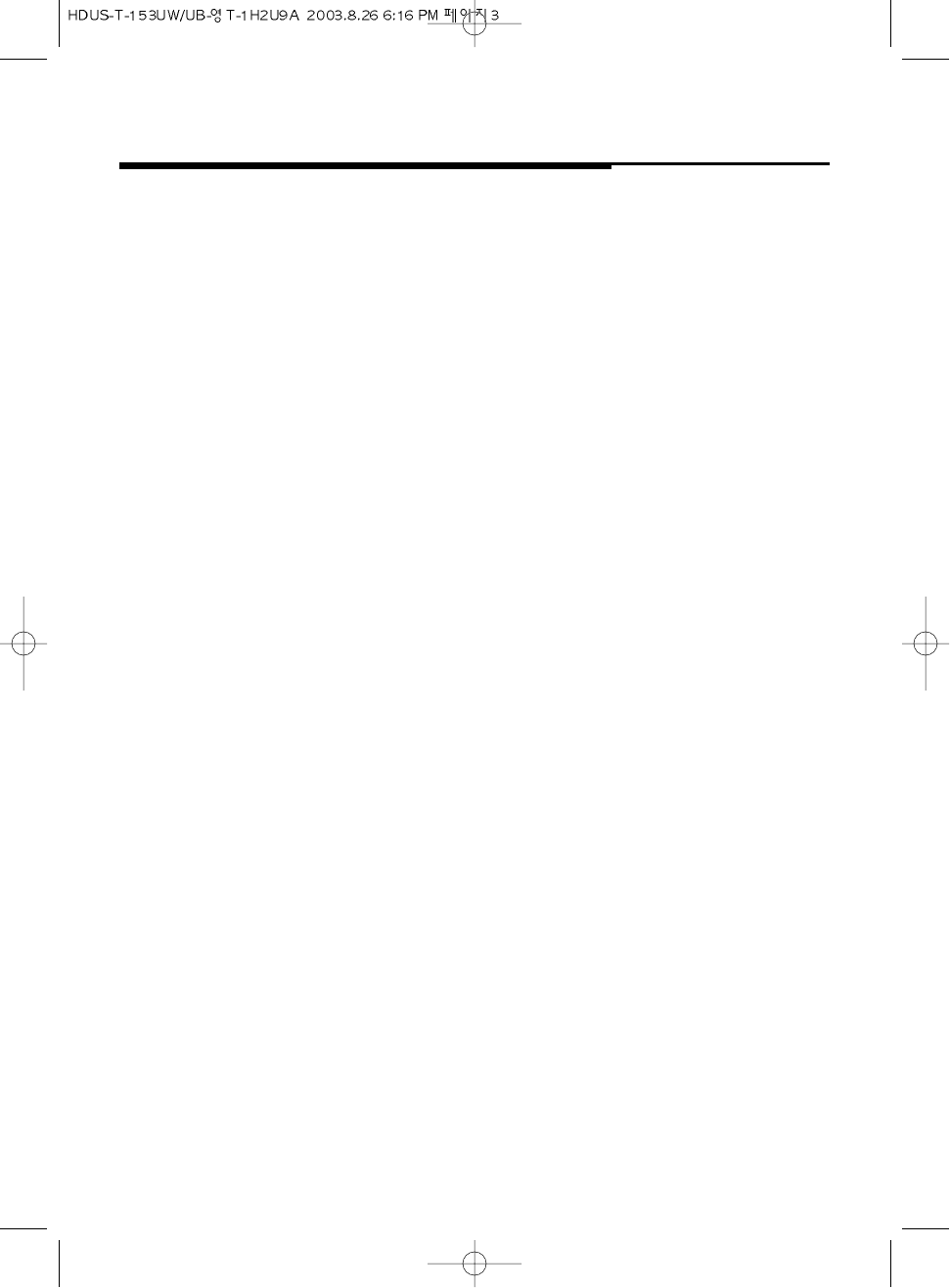
3
IMPORTANT SAFETY INSTRUCTIONS cont.
23. To avoid exposure to dangerous high voltage, DO
NOT REMOVE THE SPLATTER SHIELD
inside the oven cavity.
24.
Liquids, such as water, coffee, or tea are able to
be overheated beyond the boiling point without
appearing to be boiling due to surface tension of
the liquid. Visible bubbling or boiling when the
container is removed from the microwave oven is
not always present. THIS COULD RESULT IN
VERY HOT LIQUIDS SUDDENLY BOILING
OVER WHEN A SPOON OR OTHER
UTENSIL IS INSERTED INTO THE LIQUID.
To reduce the risk of injury to persons:
1 Do not overheat the liquid.
2 Stir the liquid both before and halfway
through heating it
3 Do not use straight-sided containers with
narrow necks.
4 After heating, allow the container to stand in
the microwave oven for a short time before
removing the container.
5 Use extreme care when inserting a spoon or
other utensil into the container.
25. Read and follow specific microwave oven
preparation instructions on food packages or
containers (especially baby food). Above all, this
is a cooking appliance designed to prepare food.
26. Use only cooking utensils and accessories made for
use in the microwave and specifically described in
this manual.
27. Microwave oven manufacturers do not recommend
deep fat frying or frying in a microwave oven. Hot
oil can damage oven parts and utensils and even
result in skin burns.
28. Plastic wrap : Use only those types designed for
microwave oven use and avoid forming an air-tight
seal. Fold back a small corner or cut a small slit to
allow steam to escape.
29. Stay near the appliance while it is in use and check
cooking progress frequently. Leaving the appliance
unattended may reslut in overcooked food and
possibly a fire in your oven.
30. Foods cooked in liquids (such as pasta) may tend
to boil over more rapidly than foods containing less
moisture. Should this occur, refer to the Care and
Cleaning section for insturctions on how to clean the
inside of the oven.
31. Do not use a thermometer in food you are
microwaving unless the thermometer is designed or
recommended for use in the microwave oven.
32. Plastic cookware designed for microwave cooking is
very useful, but should be used carefully. Even
microwave-safe plastic may not be as tolerant of
overcooking conditions as are glass or ceramic
materials and may soften or char if subjected to
short periods of overcooking. In longer exposures to
overcooking, the food and cookware could ignite.
For these reasons:1) Use microwave-safe plastics
only and use them in strict compliance with the
cookware manufacturer’s recommendations. 2) Do
not subject empty cookware to microwaving. 3) Do
not permit children to use plastic cookware without
complete supervision.
33. Do not store anythig directly on top of the
microwave oven surface when the oven is in
operation.
34. TV dinners may be microwaved in foil trays less
than 3/4” deep; remove top foil cover and return tray
to box. When using metal in microwave oven, keep
metal at least 1 inch away from the sides of the
oven.
35. Do not defrost frozen beverages in narrow necked
bottles.
36. Cookware may become hot because of heat
transferred from the heated food. Potholders may be
needed to handle the cookware.
37. Do not try to melt paraffin wax in the oven. Paraffin
wax will not melt in a microwave oven because it
allows microwaves to pass through it.
38. Never use sharp-edged utensils in or near the oven.
39. Hot foods and steam can cause burns. Be careful
when opening containers of hot food, including
popcorn bags, cooking pouches and boxes. To
prevent possible injury, direct steam away from
hands and face.
40. Clean the vent hood often. Do not allow grease to
build up on the hood or the filter.
41. Use care when cleaning the vent hood filter.
Corrosive cleaning agents, such as lye-based oven
cleaners, may damage the filter.
42. When flaming foods are under the hood, turn the
fan off. The fan, if operating may spread the flame.
SAVE THESE INSTRUCTIONS


















